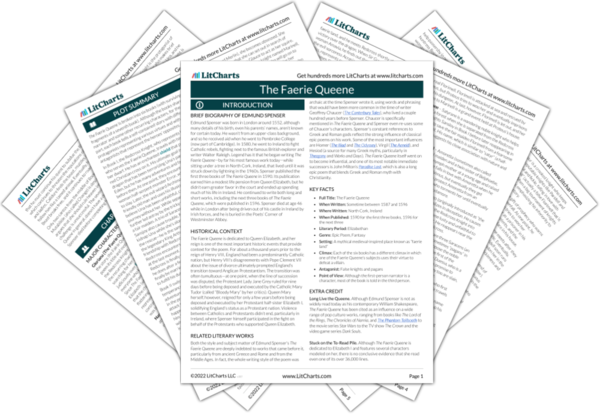Even after being shown mercy, Pyrochles refuses to listen to reason. This time, however, the only victim is himself, since he’s the one who ends up getting attacked by Furor. Although Sir Guyon asks about intervening, the Palmer convinces him not to, suggesting that while mercy is virtuous, sometimes justice also involves punishment.
